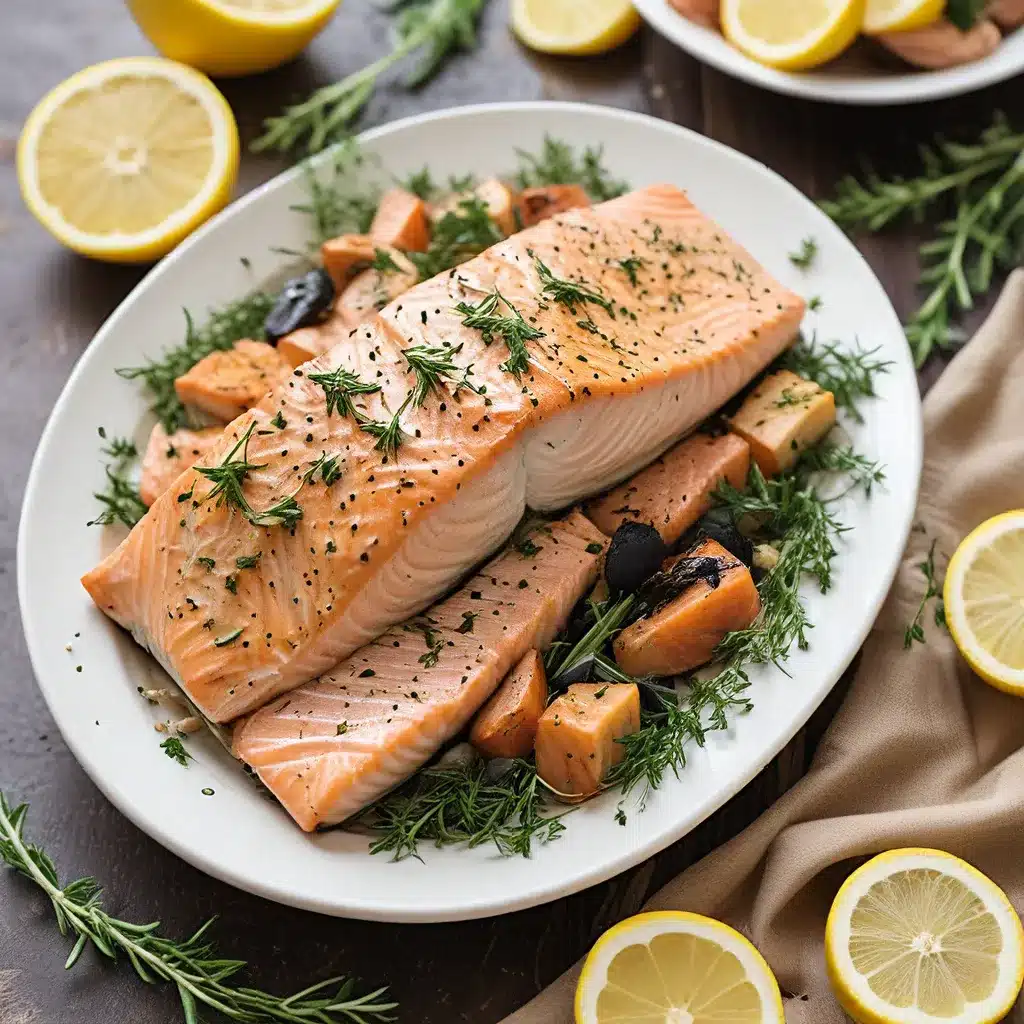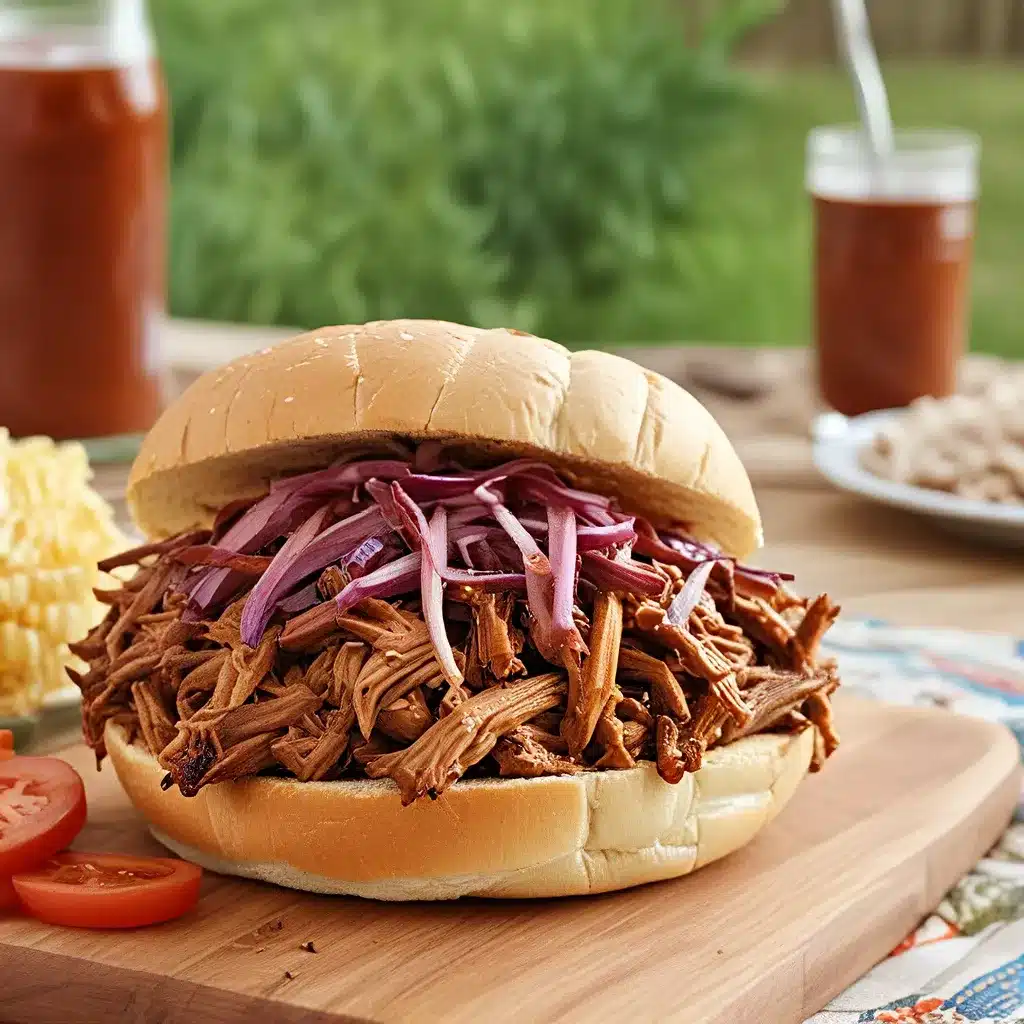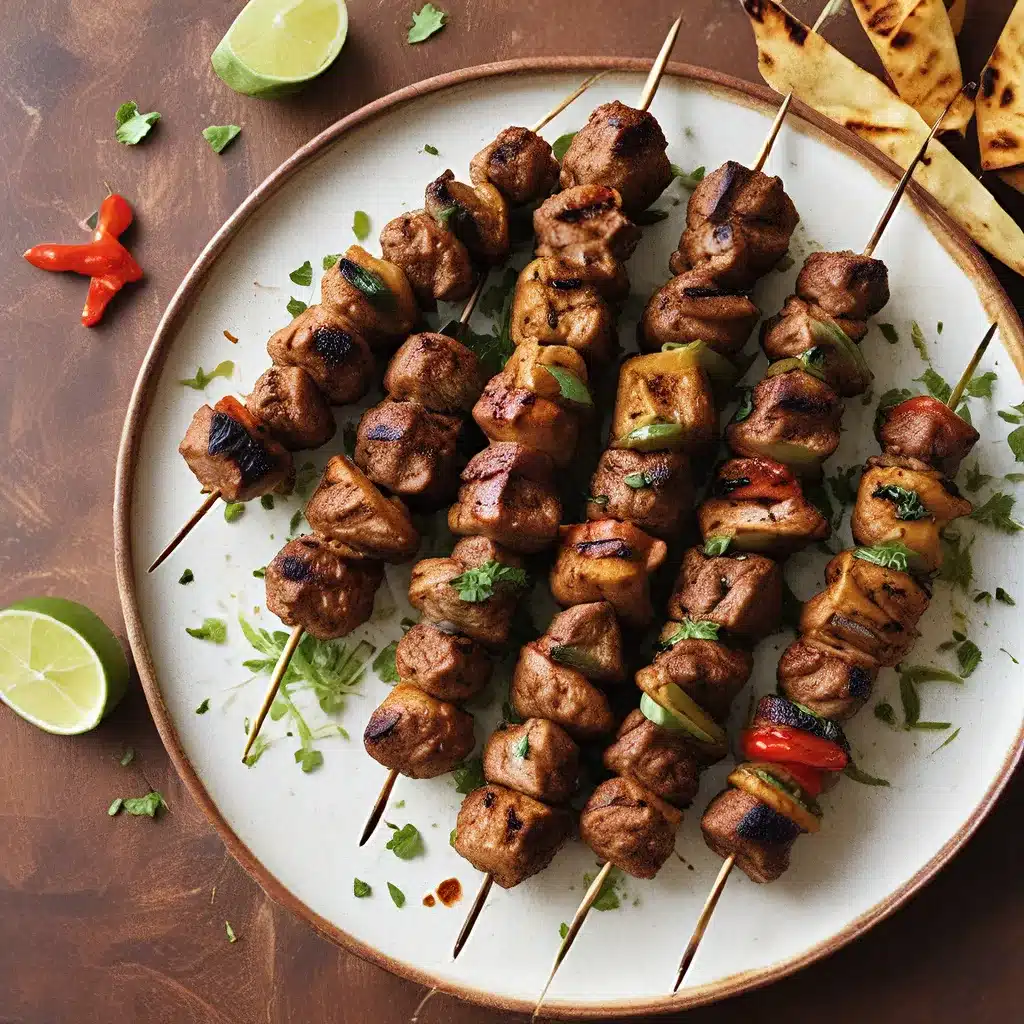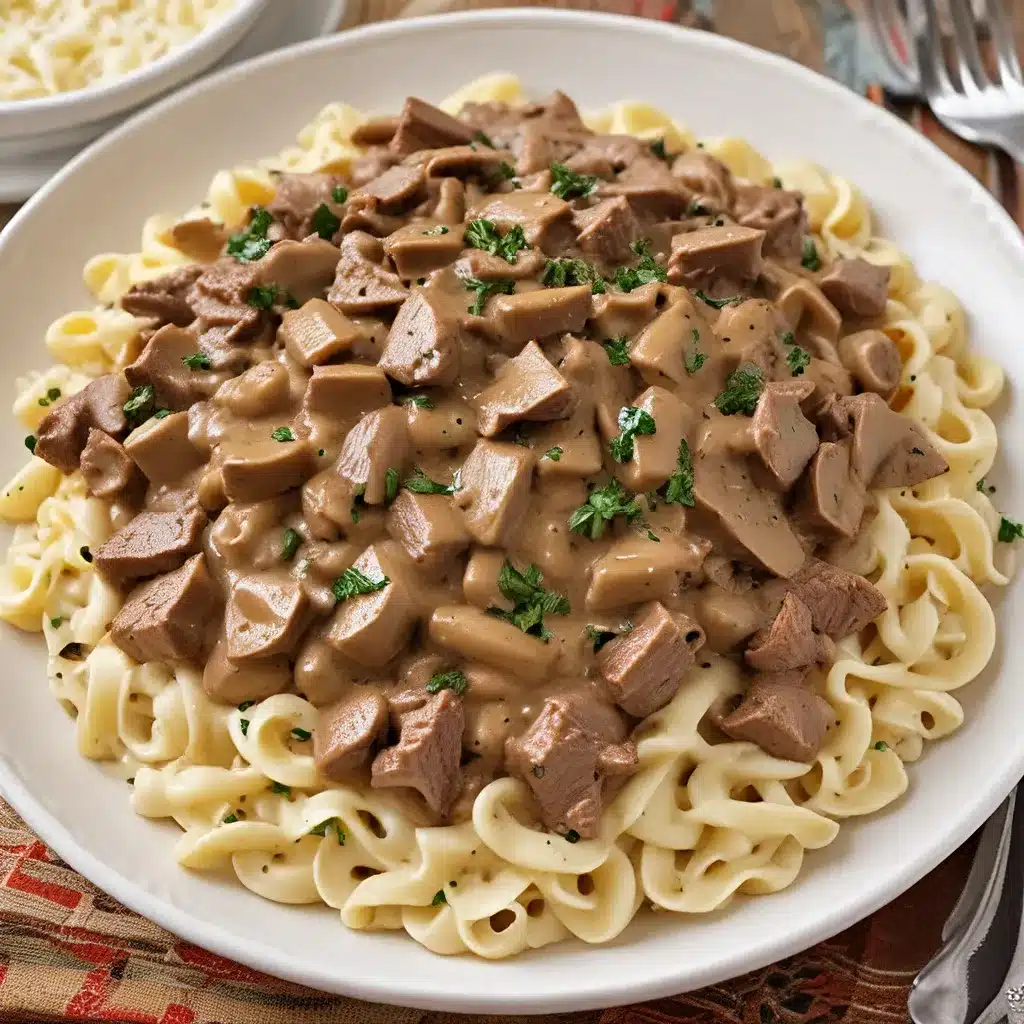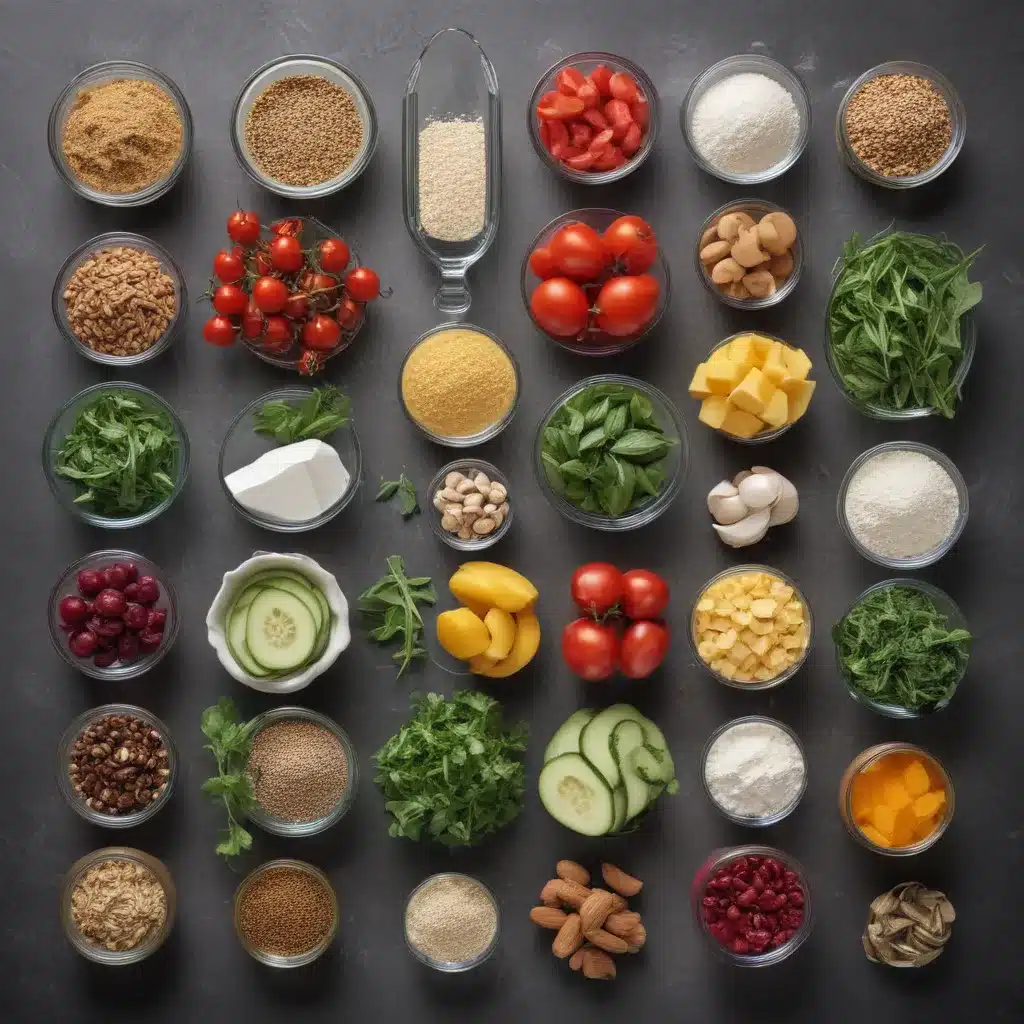
Cooking Around the World: An Expat’s Guide to Ingredient Swaps
As an expat cook, I’ve learned that the kitchen can be one of the most challenging parts of adjusting to life in a new country. Gone are the days of easily finding all my favorite ingredients at the grocery store. Instead, I’ve had to become a master of ingredient substitution, finding creative ways to recreate the flavors I love without access to the exact components.
But you know what? This challenge has actually made me a better, more versatile cook. I’ve discovered all kinds of no-fail swaps that work just as well (if not better) than the original ingredients. And I’m excited to share my top substitution tips with you today, so you can conquer your own expat kitchen with confidence.
Pantry Staples: Rethinking the Basics
One of the trickiest parts of cooking abroad is figuring out what to do when you can’t find a key ingredient for a recipe. It’s time to get creative with your pantry! Here are some of my go-to substitutions for common baking and cooking staples:
Flour
Can’t find all-purpose flour? No problem. You can use a 1:1 swap with bread flour, whole wheat flour, or even oat flour. Just keep in mind that different flours will affect the texture and rise of baked goods, so you may need to experiment a bit.
Sugar
Running low on white sugar? Reach for brown sugar, coconut sugar, or even honey or maple syrup. The flavor profile will be a bit different, but they’ll all work well as sweeteners.
Butter
Dairy-free? Substitute an equal amount of coconut oil, olive oil, or even applesauce for baking. For savory cooking, try using ghee or a plant-based butter alternative.
Milk
No milk on hand? Mix up a quick buttermilk substitute by combining plant-based milk (like almond or oat) with a splash of lemon juice or vinegar. You can also use plain yogurt or kefir.
Eggs
Eggs can be tricky to replace, but for baking, you can try using a flax or chia “egg” (1 tbsp ground flax or chia + 3 tbsp water), mashed banana, or even aquafaba (the liquid from a can of chickpeas).
The key is to experiment and find what works best for your personal taste and dietary needs. Don’t be afraid to try something new – you might just discover a new favorite ingredient in the process!
Spice it Up: Building Flavor with Spice Blends
One of the biggest challenges I’ve faced as an expat cook is finding the exact spices and seasonings I’m used to using. But you know what? That’s actually been a blessing in disguise. It’s pushed me to get creative with homemade spice blends, and I’ve discovered some amazing flavor combinations in the process.
Take taco seasoning, for example. Instead of reaching for the pre-made packet, I make my own blend of cumin, chili powder, garlic powder, onion powder, oregano, and a pinch of cayenne. It takes just a few minutes, and I can control the exact flavors I want.
The same goes for Italian seasoning, Cajun seasoning, curry powder, and so many other spice mixes. By taking the time to mix up my own custom blends, I can ensure that I’m getting the exact flavors I crave, no matter where in the world I’m cooking.
And the best part? Homemade spice blends are incredibly versatile. I use my taco seasoning not just for tacos, but for chili, burrito bowls, and even roasted vegetables. My Italian blend is great for pasta sauces, pizza, and even as a seasoning for roasted chicken. The possibilities are endless!
So next time you’re missing a key spice or seasoning, don’t despair. Grab your spice jars and get mixing. You might just discover a new signature flavor in the process.
Baking Substitutions: Mastering the Art of Swaps
As an avid baker, I’ll admit that ingredient substitutions can be a bit trickier when it comes to baking. After all, precision is key for things like cakes, cookies, and pies. But with a little creativity and a willingness to experiment, you can absolutely nail those baked goods even when you’re missing a key ingredient.
Take pie crust, for example. The traditional recipe calls for shortening, but I’ve had great success using an equal amount of butter or even coconut oil instead. The flavor and texture may be slightly different, but it still bakes up flaky and delicious.
And when it comes to milk, you can easily substitute plant-based milks, yogurt, or even buttermilk without compromising the final result. Just be sure to adjust the liquid amounts as needed.
One of my favorite baking substitutions, though, is using applesauce in place of oil or butter in cakes and quick breads. It keeps the crumb moist and tender, and you can often reduce the overall fat content too.
The key is to approach baking substitutions with an open mind and a willingness to experiment. Take notes on what works and what doesn’t, and soon you’ll have a whole arsenal of no-fail swaps in your back pocket.
Seasonal Eating: The Secret to Stress-Free Cooking
As an expat, one of the most important lessons I’ve learned in the kitchen is the art of seasonal cooking. When I first moved abroad, I would agonize over trying to find the exact ingredients for my favorite recipes, only to be disappointed and frustrated when they were either unavailable or astronomically expensive.
But then I had a revelation: why not just cook with what’s readily available and in season? Not only does this make meal planning and grocery shopping a breeze, but it also ensures that the food I’m creating is at the peak of freshness and flavor.
These days, I rarely even consult a recipe when I’m meal planning. Instead, I head to the local market or produce stand, see what’s looking vibrant and delicious, and then let that inspire my cooking. In the summer, I’ll load up on juicy tomatoes, crisp cucumbers, and fragrant herbs to make vibrant salads and salsas. In the fall, it’s all about roasted root vegetables, hearty stews, and comforting baked goods.
And you know what? This seasonal approach has made me a far more creative and confident cook. I’m no longer bound to a specific set of ingredients or recipes. Instead, I get to play and experiment, discovering new flavor combinations and cooking methods that I may have never stumbled upon otherwise.
So the next time you’re feeling frustrated by the lack of availability of your favorite ingredients, take a deep breath and embrace the beauty of seasonal cooking. You just might surprise yourself with the delicious results.
Favorite No-Fail Recipes for the Expat Kitchen
Of course, even with all of these substitution tips and tricks, there are still some classic dishes that I just can’t live without. As an expat, having a few no-fail, go-to recipes in my arsenal has been an absolute lifesaver.
One of my all-time favorites is a simple chicken tortilla soup. It’s endlessly customizable – I can swap out the protein, play with the spices, and load it up with whatever veggies are in season. And it always hits the spot, no matter where in the world I’m living.
Another staple is my signature hummus. I’ve perfected the art of making it from scratch using just a few simple ingredients like chickpeas, tahini, lemon, and garlic. It’s a protein-packed snack that’s perfect for entertaining or just enjoying on its own with some fresh pita or veggie sticks.
And of course, I always have a batch of my no-fail pie crust stashed in the freezer. It’s the foundation for so many of my favorite baked goods, from classic apple pie to savory quiches.
These are the recipes that have truly become a part of my expat identity. They’re comforting, familiar, and above all, incredibly versatile. No matter what ingredients I have (or don’t have) on hand, I can always count on these dishes to deliver.
Embracing the Expat Kitchen
At the end of the day, cooking as an expat is all about embracing the journey. It’s about letting go of pre-conceived notions, being open to new ingredients and flavors, and finding joy in the creative process of substituting and experimenting.
Sure, there have been plenty of kitchen fails along the way. But those moments have only made me a stronger, more adaptable cook. I’ve learned to think outside the box, to trust my instincts, and to never underestimate the power of a well-stocked spice drawer.
And you know what? That mindset has served me well, both in the kitchen and in life. Because as an expat, flexibility, creativity, and a sense of adventure are the keys to thriving, no matter where in the world you find yourself.
So if you’re facing the challenges of cooking in a new country, don’t be intimidated. Dive in, get creative, and remember – the best part of the expat kitchen journey is discovering all the delicious things you never knew you were missing.

